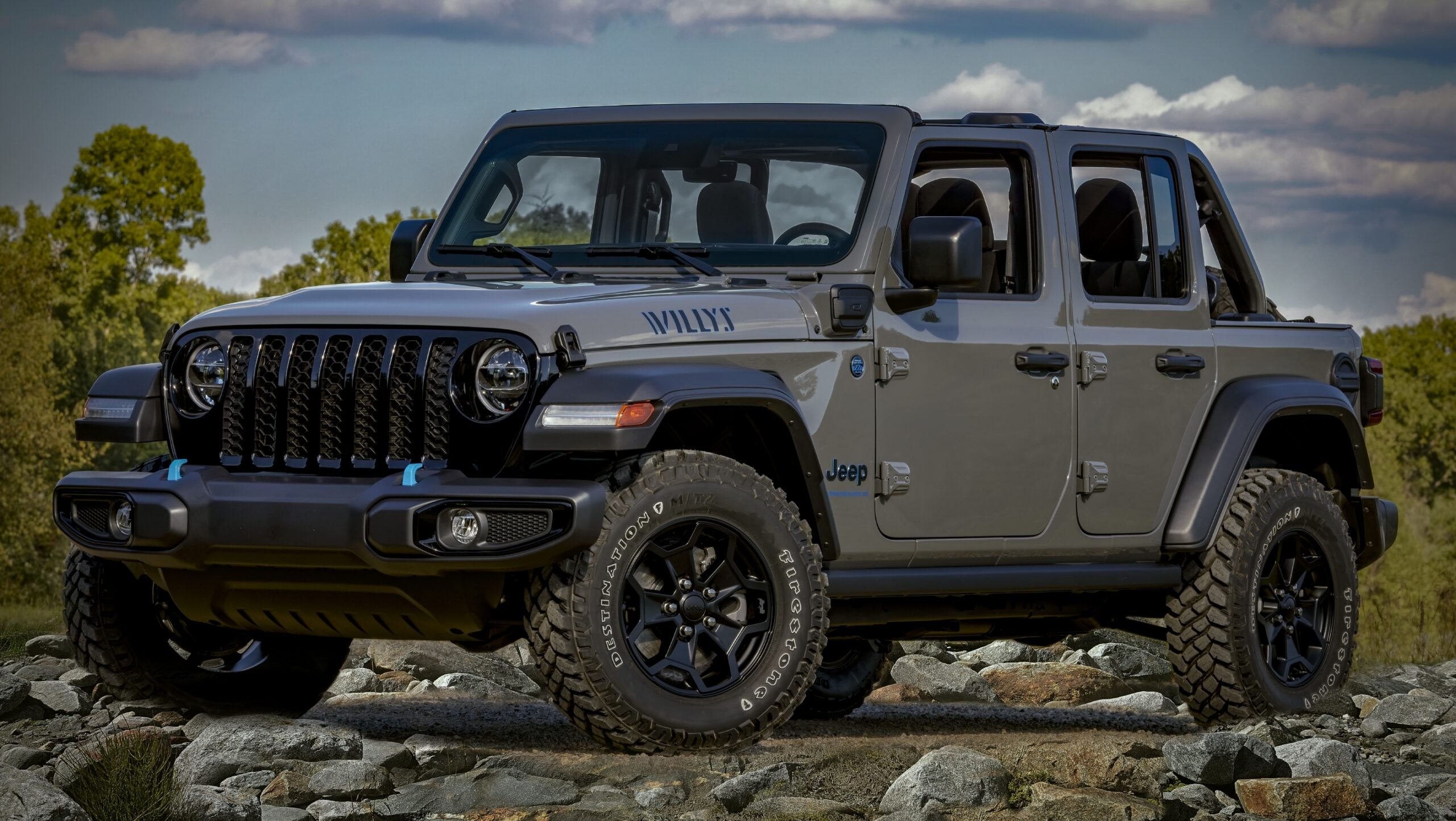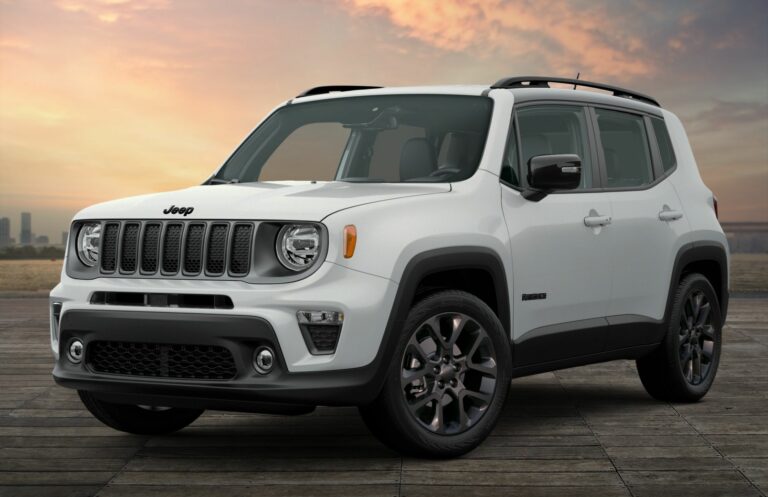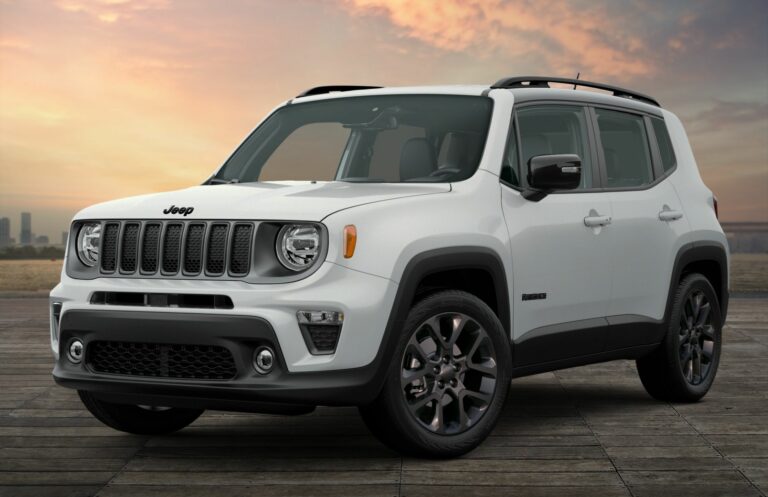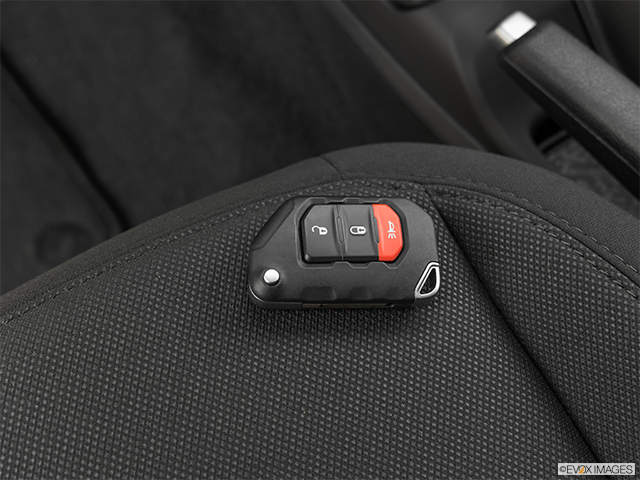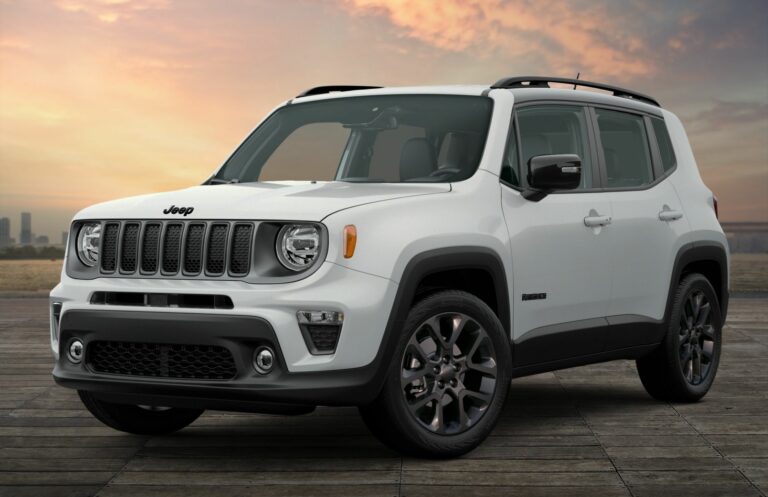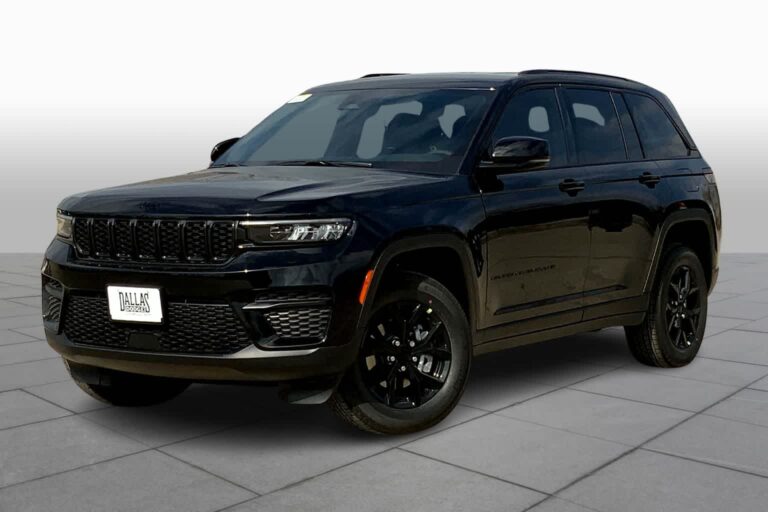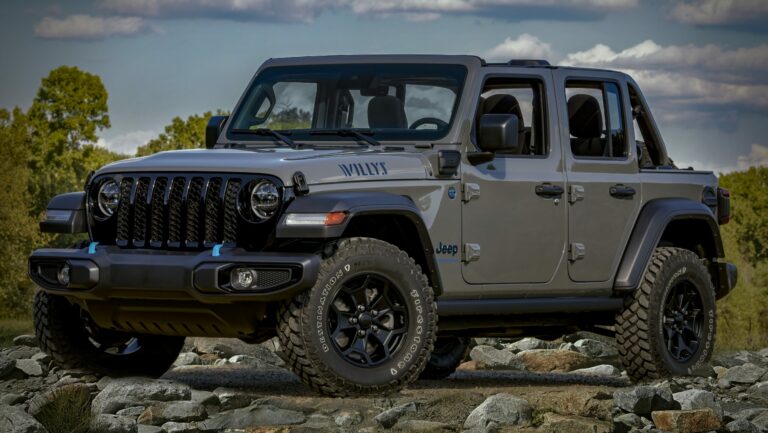Jeep Wrangler 2 Door Hardtop Roof Rack: Expanding Your Adventure Capacity
Jeep Wrangler 2 Door Hardtop Roof Rack: Expanding Your Adventure Capacity jeeps.truckstrend.com
The Jeep Wrangler, in its iconic 2-door hardtop configuration, embodies the spirit of adventure, rugged capability, and open-air freedom. However, for all its off-road prowess and charm, one common challenge faced by its owners is the limited interior cargo space. This is precisely where a Jeep Wrangler 2 Door Hardtop Roof Rack becomes an indispensable accessory. Far more than just a set of bars on your roof, a well-chosen roof rack transforms your compact trail machine into a versatile cargo hauler, allowing you to bring along all the gear necessary for an extended overlanding trip, a weekend camping excursion, or simply transporting oversized items that won’t fit inside.
This comprehensive guide will delve into every aspect of roof racks for the 2-door hardtop Wrangler, exploring their benefits, the unique considerations involved, different types available, installation insights, and practical advice to help you make an informed decision and maximize your Jeep’s adventure potential.
Jeep Wrangler 2 Door Hardtop Roof Rack: Expanding Your Adventure Capacity
Why a Roof Rack for Your 2-Door Hardtop Wrangler?
For the dedicated Jeep enthusiast, the answer is simple: more gear, more adventure. But let’s break down the specific advantages a roof rack offers:
- Expanded Cargo Capacity: The most obvious benefit. From bulky camping gear, recovery boards, and spare tires to lumber for a DIY project, a roof rack provides invaluable exterior storage space.
- Transporting Oversized Gear: Items like kayaks, canoes, surfboards, mountain bikes, skis, and ladders are impossible to carry inside a 2-door Wrangler. A roof rack makes their transport safe and secure.
- Keeping Dirty/Wet Gear Outside: After a muddy trail run or a day at the beach, you can strap muddy boots, wet wetsuits, or sandy towels to the roof rack, keeping your interior clean and dry.
- Overlanding and Camping Essentials: For those pursuing multi-day adventures, a roof rack is crucial for mounting rooftop tents (RTTs), awnings, extra fuel/water cans, high-lift jacks, and other expedition essentials.
- Organized Storage: By moving larger items to the roof, you free up precious interior space for passengers and smaller, more sensitive gear.

Understanding the Hardtop Challenge: Mounting Solutions
Unlike soft tops or Jeeps with factory hardtop rails, the 2-door hardtop Wrangler presents unique mounting challenges due to its smooth, relatively thin fiberglass or composite roof. This necessitates specific mounting solutions:

Gutter Mount Systems:
- Description: These racks utilize clamps that attach to the rain gutters along the sides of the hardtop. They typically consist of two crossbars.
- Pros: Generally the easiest to install, requiring no drilling. They are often removable. Less permanent modification.
- Cons: Lower weight capacity compared to drilled systems. Can potentially scratch the hardtop if not installed with care or if overloaded. May not be suitable for heavy loads like rooftop tents.
- Ideal For: Light to moderate loads, occasional use, kayaks, bikes, skis.

-
Drill-Through Systems:
- Description: These systems involve drilling holes directly into the hardtop for mounting points. The rack frame or feet are bolted securely through the hardtop, often with backing plates for reinforcement.
- Pros: Significantly higher weight capacity and greater stability. More secure attachment, making them ideal for heavier loads like rooftop tents or larger cargo platforms.
- Cons: Requires permanent modification to the hardtop. Improper installation can lead to leaks if holes are not sealed correctly. May require professional installation.
- Ideal For: Rooftop tents, heavy cargo, frequent use, expedition setups.
-
Frame/Body Mounted Systems:
- Description: These are the most robust systems, often integrating with the Jeep’s body tub, rear bumper, or frame. They bypass the hardtop entirely, meaning the weight is supported by the vehicle’s chassis. Some designs allow the hardtop to be removed while the rack remains in place.
- Pros: Highest weight capacity and ultimate stability. Distributes weight directly to the vehicle’s strong points, minimizing stress on the hardtop.
- Cons: Most complex and expensive to install. Often requires significant modification to the vehicle. Adds more overall weight to the Jeep.
- Ideal For: Extreme overlanding, very heavy loads, permanent expedition setups, those wanting to remove the hardtop frequently while maintaining rack access.
Key Considerations When Choosing Your Roof Rack
Selecting the right roof rack involves more than just picking the first one you see. Here’s what to ponder:
- Weight Capacity (Static vs. Dynamic):
- Dynamic Weight Capacity: The maximum weight the rack can safely carry while the vehicle is in motion. This is crucial for general cargo.
- Static Weight Capacity: The maximum weight the rack can support when the vehicle is stationary. This is vital for rooftop tents, where the tent, occupants, and gear contribute to the load. Always ensure your chosen rack (and hardtop, if applicable) can handle the combined static weight.
- Material and Durability: Most racks are made from steel or aluminum.
- Steel: Heavier, typically stronger, often more affordable. Prone to rust if not properly coated.
- Aluminum: Lighter, corrosion-resistant, often more expensive. Can still be very strong.
- Installation Difficulty: Consider your DIY skills. Gutter mounts are usually straightforward. Drill-through and body-mounted systems can be complex and may warrant professional installation to ensure proper sealing and structural integrity.
- Compatibility: Ensure the rack is specifically designed for your Jeep Wrangler 2-door hardtop model (JK or JL).
- Aerodynamics and Noise: Some racks, especially those with flat, wide bars or large platforms, can generate wind noise and slightly impact fuel economy. Wind fairings can help mitigate noise.
- Aesthetics: Do you prefer a low-profile look or a more rugged, expedition-ready appearance?
- Modularity and Accessories: Many racks are designed to accept various accessories like light bar mounts, jerry can holders, shovel mounts, awnings, and even rooftop tent mounts. Consider your future needs.
- Budget: Roof racks vary widely in price, from a few hundred dollars for basic crossbars to several thousand for full body-mounted expedition systems.
Types of Roof Rack Systems for 2-Door Hardtops
Beyond mounting methods, racks also come in different configurations:
- Crossbar Systems: The simplest type, consisting of two horizontal bars. Excellent for carrying bikes, kayaks, skis, or small cargo boxes.
- Platform Racks: A flat, basket-like platform that provides a versatile surface for various cargo, including rooftop tents. They offer more tie-down points and better weight distribution than crossbars.
- Full-Cage/Expedition Racks: These often extend around the entire hardtop, sometimes even connecting to the front windshield frame or rear bumper. They offer maximum capacity and protection for the hardtop.
Installation Guide (General Steps & Tips)
While specific steps vary by manufacturer and rack type, here’s a general overview:
- Gather Tools: You’ll typically need wrenches, sockets, a tape measure, a drill (for drill-through systems), sealant, and a torque wrench.
- Read Instructions Thoroughly: This is the most crucial step. Every rack has unique requirements.
- Clean Your Hardtop: Ensure the mounting surfaces are clean and free of dirt or debris.
- Measure and Mark Carefully (Drill-Through): If drilling, double-check all measurements. Use masking tape to protect the hardtop surface and mark drill points.
- Drill and Seal (Drill-Through): Use the correct drill bit size. Apply high-quality automotive-grade silicone sealant around and in the drilled holes before inserting bolts to prevent leaks.
- Assemble and Mount Components: Follow the assembly instructions for the rack components (feet, crossbars, platform).
- Secure and Torque: Tighten all bolts to the manufacturer’s specified torque settings. Overtightening can damage components; undertightening can lead to looseness.
- Test Fit and Inspect: Once installed, gently tug on the rack to ensure it’s secure. Check for any wobble or loose connections.
- Maintenance: Periodically check all mounting bolts for tightness, especially after off-road excursions. Clean the rack regularly.
Maximizing Your Roof Rack’s Potential
- Proper Load Distribution: Always place heavier items towards the center of the rack and distribute weight evenly to avoid undue stress on one side.
- Secure Cargo Effectively: Use high-quality tie-down straps, ratchet straps, or cargo nets. Ensure no straps are flapping in the wind. Periodically check your cargo during long drives.
- Be Aware of Increased Height and Center of Gravity: A loaded roof rack significantly raises your Jeep’s center of gravity, affecting handling, especially in turns or off-camber situations. Be mindful of low clearances (garages, drive-thrus, tree branches).
- Don’t Exceed Weight Limits: Adhere strictly to both the rack’s dynamic and static weight capacities, as well as your Jeep’s roof load limit (often found in the owner’s manual). Overloading is dangerous and can damage your vehicle.
Practical Advice and Actionable Insights
- Assess Your Needs First: Before purchasing, list out what you intend to carry most often. This will dictate the type of rack (crossbars vs. platform) and the required weight capacity.
- Prioritize Safety: Never compromise on safety. A properly installed and loaded roof rack is safe; an improperly installed or overloaded one is a hazard.
- Consider Future Upgrades: If you think you might want a rooftop tent down the line, invest in a rack designed for that capacity from the start.
- Research Specific Models: Read reviews from other 2-door Wrangler owners. Look for systems that have proven reliable and easy to use.
- Professional Installation for Complex Systems: If you’re not comfortable with drilling or complex assembly, pay for professional installation. The cost is worth the peace of mind.
Price Table: Jeep Wrangler 2 Door Hardtop Roof Rack
Please note that prices are approximate and can vary significantly based on brand, material, specific features, and retailer. Installation costs (if professional) are not included.
| Rack Type/Category | Estimated Price Range (USD) | Key Features/Notes | Typical Brands/Examples |
|---|---|---|---|
| Basic Gutter Mount Crossbars | $200 – $500 | Simple, easy install/removal, lower capacity (100-150 lbs dynamic), good for light gear. | Thule, Yakima, ROLA, Smittybilt (select models) |
| Gutter Mount Platform Rack | $500 – $1,000 | Provides a flat platform, still gutter-mounted, moderate capacity (150-250 lbs dynamic). | Rhino-Rack (Pioneer Platform with gutter mounts), Front Runner (Slimline II with gutter mounts) |
| Drill-Through Crossbars | $400 – $800 | Higher capacity than gutter mount (150-250 lbs dynamic), secure, permanent. | Rhino-Rack, Thule, Yakima (specific drilled kits) |
| Drill-Through Platform Rack | $800 – $1,500 | High capacity (250-350+ lbs dynamic, 500-800+ lbs static), very secure, versatile. | Front Runner Slimline II, Rhino-Rack Pioneer Platform, Teraflex Nebo |
| Full Body/Frame Mounted Rack | $1,000 – $2,500+ | Highest capacity (300-500+ lbs dynamic, 800-1000+ lbs static), often allows hardtop removal, most robust. | Gobi Stealth, Garvin Expedition Rack, LoD Offroad, Maximus-3 |
Frequently Asked Questions (FAQ)
Q1: Can I put a rooftop tent on my 2-door hardtop roof rack?
A1: Yes, absolutely, but only if your chosen roof rack and hardtop system are rated for the combined static weight of the tent, its occupants, and any gear inside. Most drill-through and body-mounted platform racks are designed for this. Gutter-mounted systems are generally not recommended for RTTs due to lower weight capacity and potential for hardtop damage.
Q2: Will a roof rack damage my hardtop?
A2: If installed correctly and not overloaded, a roof rack should not damage your hardtop. However, improper installation (e.g., inadequate sealing for drill-through systems) can lead to leaks, and overloading can cause cracks or structural failure, especially with gutter-mounted systems. Always follow manufacturer instructions and weight limits.
Q3: How much weight can I put on my 2-door hardtop roof rack?
A3: This depends entirely on the specific rack system. Dynamic capacities typically range from 100 lbs (basic gutter mount) to 500+ lbs (body-mounted). Static capacities for RTTs can go up to 1000 lbs for robust systems. Always consult the manufacturer’s specifications for your specific rack and your Jeep’s owner’s manual for its roof load limits.
Q4: Does a roof rack affect fuel economy?
A4: Yes, a roof rack, especially a loaded one, will increase aerodynamic drag and typically lead to a slight decrease in fuel economy. The impact is usually more noticeable at highway speeds.
Q5: Can I still remove my hardtop with a roof rack installed?
A5: It depends on the rack system:
- Gutter Mount & Drill-Through Systems: Generally, the hardtop must be removed with the rack attached, as the rack is directly mounted to it. This can make hardtop removal more cumbersome due to added weight and bulk.
- Body/Frame Mounted Systems: Many of these are designed so that the hardtop can be removed independently, as the rack is supported by the vehicle’s body or frame, not the hardtop itself. This is a significant advantage for those who frequently want to enjoy open-air driving.
Q6: Is professional installation necessary?
A6: For basic gutter-mounted crossbars, DIY installation is usually straightforward. For drill-through or complex body-mounted systems, professional installation is highly recommended, especially if you’re not experienced with automotive modifications. This ensures proper sealing, structural integrity, and prevents potential issues like leaks or damage.
Conclusion
A Jeep Wrangler 2 Door Hardtop Roof Rack is a game-changer for any owner looking to expand their vehicle’s utility and unlock new levels of adventure. While the 2-door hardtop presents unique considerations, a wide array of robust and effective solutions exist to meet diverse needs, from light cargo hauling to full-blown overlanding expeditions.
By carefully considering your specific requirements, understanding the different mounting methods, and prioritizing safety and proper installation, you can select the perfect roof rack to complement your Wrangler’s capabilities. With the right rack, your compact adventure machine transforms into a formidable gear-hauling platform, ensuring that no piece of essential equipment gets left behind, and every journey can be bigger, bolder, and more memorable. Happy trails!

